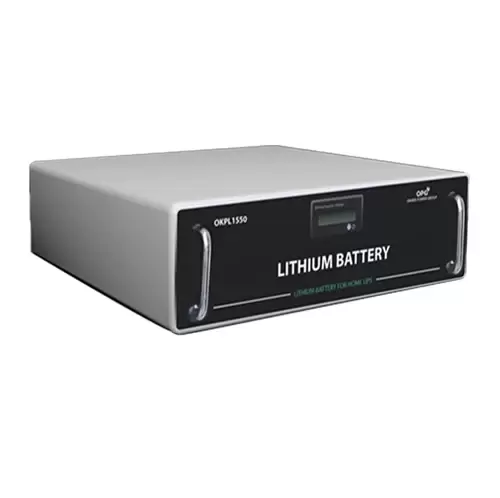
Batteries that have lithium as their anode is called lithium batteries. The charge moves from anode to cathode during discharge and cathode to anode during charging. Lithium batteries were introduced way back in the 1980-the 1990s. These batteries have completely revolutionized the portable electronics market such as cellular telephones and laptop computers.
Lithium Battery is an electrical device that is made up of combinations of Lithium cells. Today lithium batteries are finding increased applications in electronics, electric cars, and solar markets. Given its lightweight, high energy density and efficiency, lithium batteries are used in a wide range of portable consumer electronic devices, medical equipment, power backups, solar storage and in electric vehicles.
Let me explain the basic construction of Battery. Lithium Battery is one of the rechargable battery. The working and function is same as any other battery. Battery is a combination of cells. First we need to know what is a cell? Cell is a closed entity which has 3 components: Anode, Cathode and a Separator. Anode simply understand - positive (+) terminals, Cathode means negative (-) terminal and Separator which is a porous membrane that physically separates anode and cathode.
According to our need and use we can connect these cells either in series by connecting anode of one cell to the cathode of other cell and so on and or we can connect the cells in parallel by connecting anode of all the cell together and cathode of all the cell.
Power is defined as the product of voltage and current (P=VxI) rating. This power can be used by connecting a load to the battery and this complete circuit is known as external circuit. This circuit can either be a DC solution if we are using a DC load or if we are using an AC load we can connect the battery using an inverter of specific rating.
When the load is connected the current flows from anode to cathode i.e. positive to negetive terminal. Whereas while charging the polarity is reversed and the current flows from cathode to anode.
From smartphones to electric cars to home energy storage devices, rechargeable batteries power our modern lives. But have you ever stopped to wonder what's inside these devices that allow us to send emojis, drive around town and so much more? If so, check out the Advanced Battery Facility.
|
Batteries Models |
Price all Inclusive |
|
CAML 6 Ah / 75 Wh |
₹ 2,250 |
|
CAML 12 Ah / 150 Wh |
₹ 4,500 |
|
CAML 20 Ah / 250 Wh |
₹ 7,500 |
|
CAML 30 Ah / 385 Wh |
₹ 11,550 |
|
CAML 40 Ah / 500 Wh |
₹ 15,000 |
| CAML 20 Ah / 1,000 Wh |
₹ 30,000 |
| CAML 40 Ah / 2,000 Wh |
₹ 60,000 |
|
CAML 100 Ah / 5,000 Wh |
₹ 1,50,000 |
The price of a Lithium Battery is almost two times higher than a lead-acid battery, but next 2-3 years, the cost of a Lithium Battery will be at par with Lead-acid batteries.
Lead-acid batteries use plates of lead and lead oxide in a sulfuric acid solution. Commonly used in cars and trucks these batteries are also rechargeable. Lead-acid batteries are less expensive, but they have a shorter lifespan and require regular maintenance. Lithium batteries are much more expensive upfront, but they are maintenance-free and have a longer lifespan. The leading popularity of lead-acid batteries is due to the fact that these are not only dependable but are also very cheap. However, this technology is old and technicians prefer lithium batteries to better suit the purpose, given its higher efficiencies and densities. Lithium batteries are more efficient and charge faster when compared to lead-acid batteries. Lithium is a premium battery technology with a longer lifespan and higher efficiency.
| Factors | Lithium Battery | Lead Acid |
| Charging Efficiency | Fast Charging - 100% Capacity, A lithium battery can be charged 50% in just 30 minutes | Low - only 70% |
| Wieght | 9 kg/kWh, On Average, Lithium-ion batteries weight 3 times less than standard lead acid batteries | 30 kg/kWh |
| Maintenance | Low Maintenance | High maintenance cost, Water top up required every 3 months |
| Battery Life | 1500 - 2000 life cycles | 500 - 1000 life cycles |
| Safety | Release no gas, are suitable for most of the applications | Releases gas during the charging, in fact, the use is not permitted in food industry |
As already mentioned, lithium batteries are finding increasing application in emerging technologies. Solar is already cheaper than coal and this trend is only going to accelerate. However, the biggest problem with solar systems is that they have to depend on the electricity grid for storing the excess power generated during the day and drawing power from the grid at night. This is done because the electricity grid acts as a free source of energy storage for the solar panel systems. However, the industry soon realized that this is not a feasible option in the long run as utilities are the biggest competitors for solar. Hence, they began to use a self-reliant storage option to support the flawless working of the solar system.
| 1. Pharmacy | 2. Office | 3. Showroom |
| 4. Shops | 5. Home | 6. Street Light |
| 7. DIY Projects | 8. Aigricultural | 9. Crossing Lights |
Solar energy plus storage is already gained traction since economics is driving the faster adoption of solar systems paired with lithium batteries. These batteries are very versatile and besides storing energy for the house, they can also be used in wholesale energy markets for providing capacity and frequency regulation. Solar plus storage option with lithium batteries are also being considered as a serious option for islands as they find it cheaper to use solar plus storage instead of shipping expensive and dirty oil/ diesel to provide power to its residents. The remote area where electricity is not available, such as rural areas, hill stations, small shops, etc. will greatly benefit from these lithium batteries to be used as a storage option with the environment friendly solar systems.
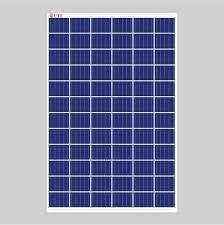
Solar energy is the light, and heat radiated from the Sun. On earth, to have the existence of human life, along with, oxygen and water - heat & light become essential and the source of these is the sun.
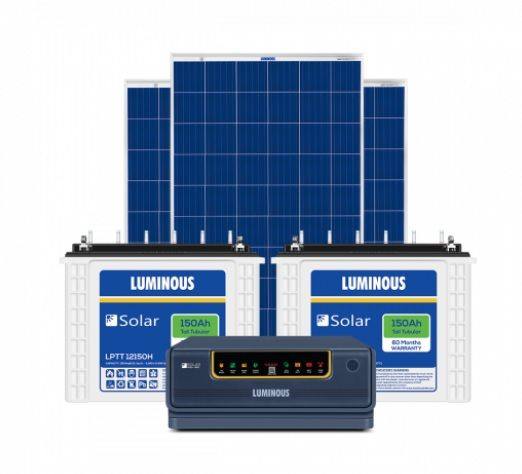
A Solar Inverter is a device that converts the direct current (DC) from the solar panels into alternating current (AC) which is used by domestic and commercial appliances. It is one of the most critical components of the solar power system.
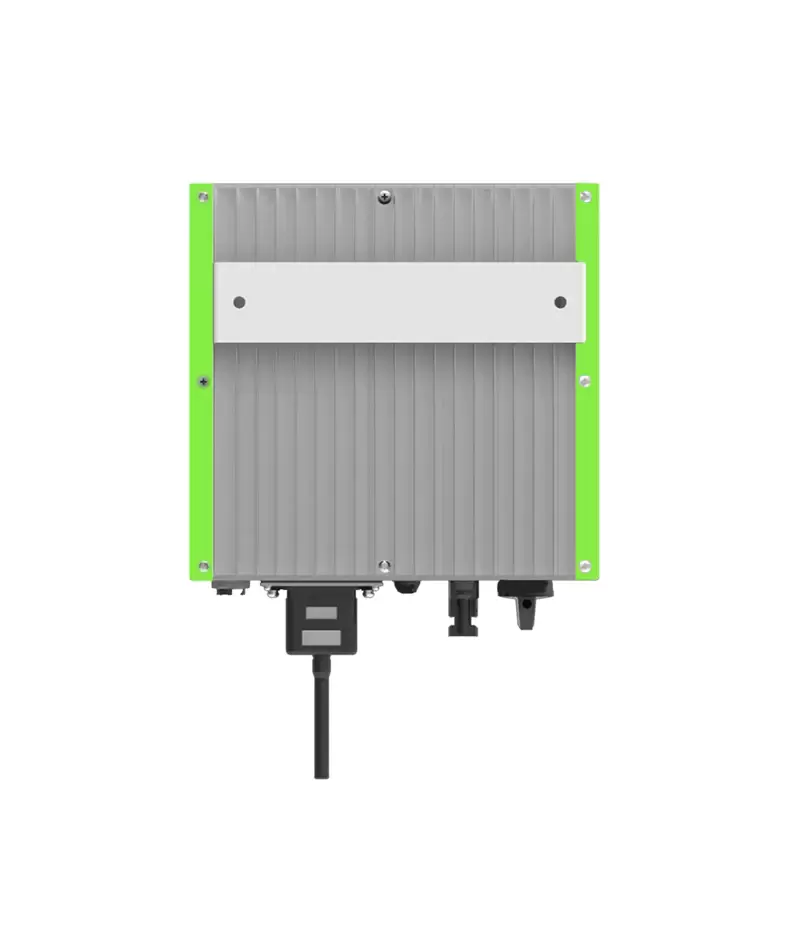
Solar Grid Tied Inverters are powerful inverters that converts direct current (DC) electricity into alternating current (AC), It is also called On grid system which works without battery.
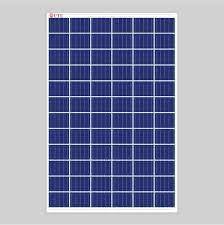
Off grid solar system or off grid solar kit can develop your house or enterprise electrical necessities in absence of leaning on an electrical grid. To reach entirely off-grid, you’ll demand an approach that is enormous sufficiently to nurture your home’s energy utilization necessities, ahead
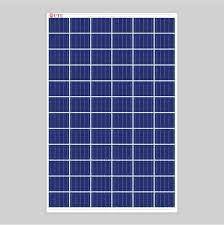
Sunpower solar panels are designed to be distinct, & confirmed to be better useful across more useful than five cell generations, 3.5 billion cells & 33 million panels, actual in the considerable difficult of circumstances. Conventional solar cells renounce power over time due to corrosion & breakag
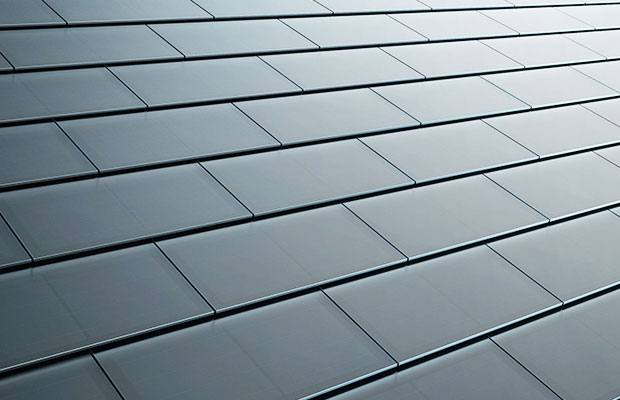
Solar roof tiles or Solar shingles, are assembled of thin photovoltaic (PV) sheets that each of two cover & substitute the current shingles on a roof. They immerse sunlight & transform it into electricity. By depending on this approach of energy as objected to electricity, for illustration, house ow